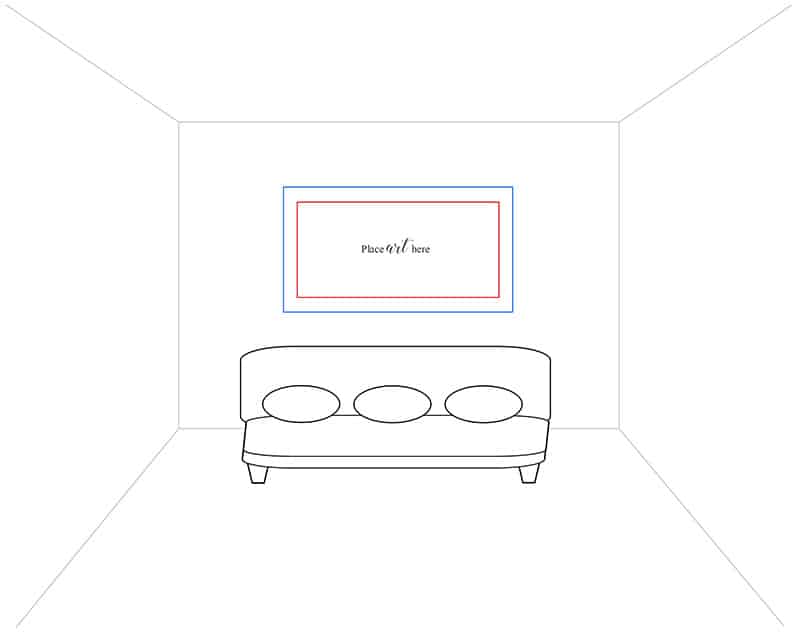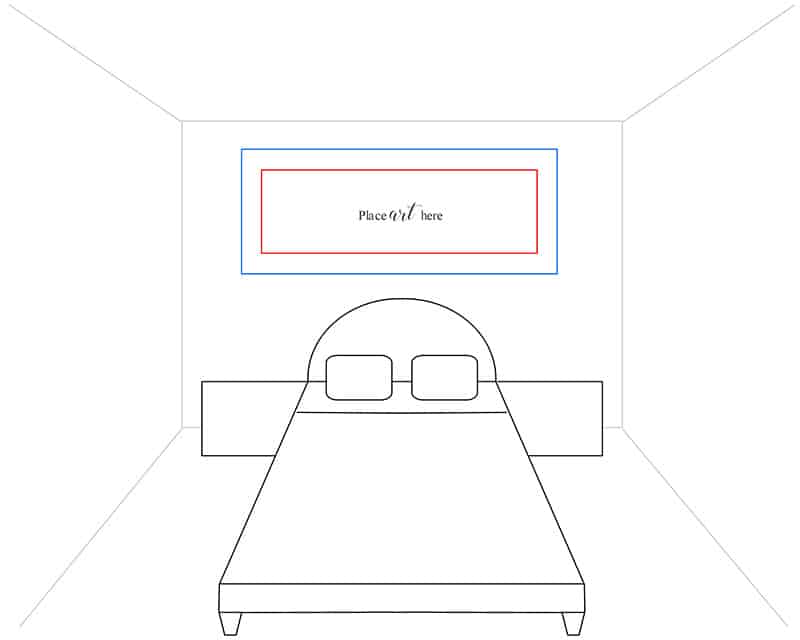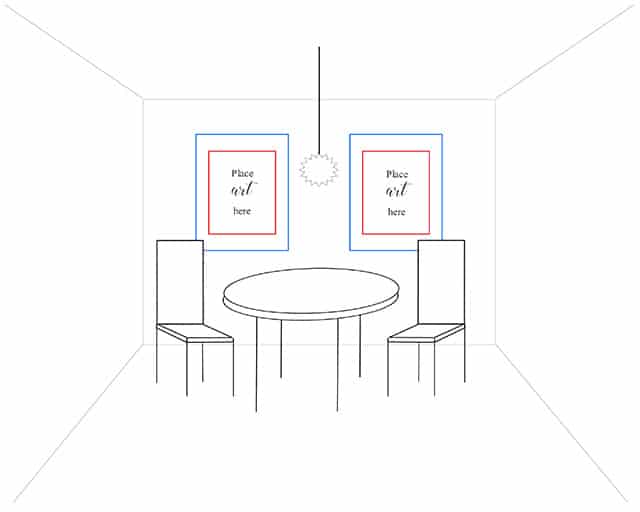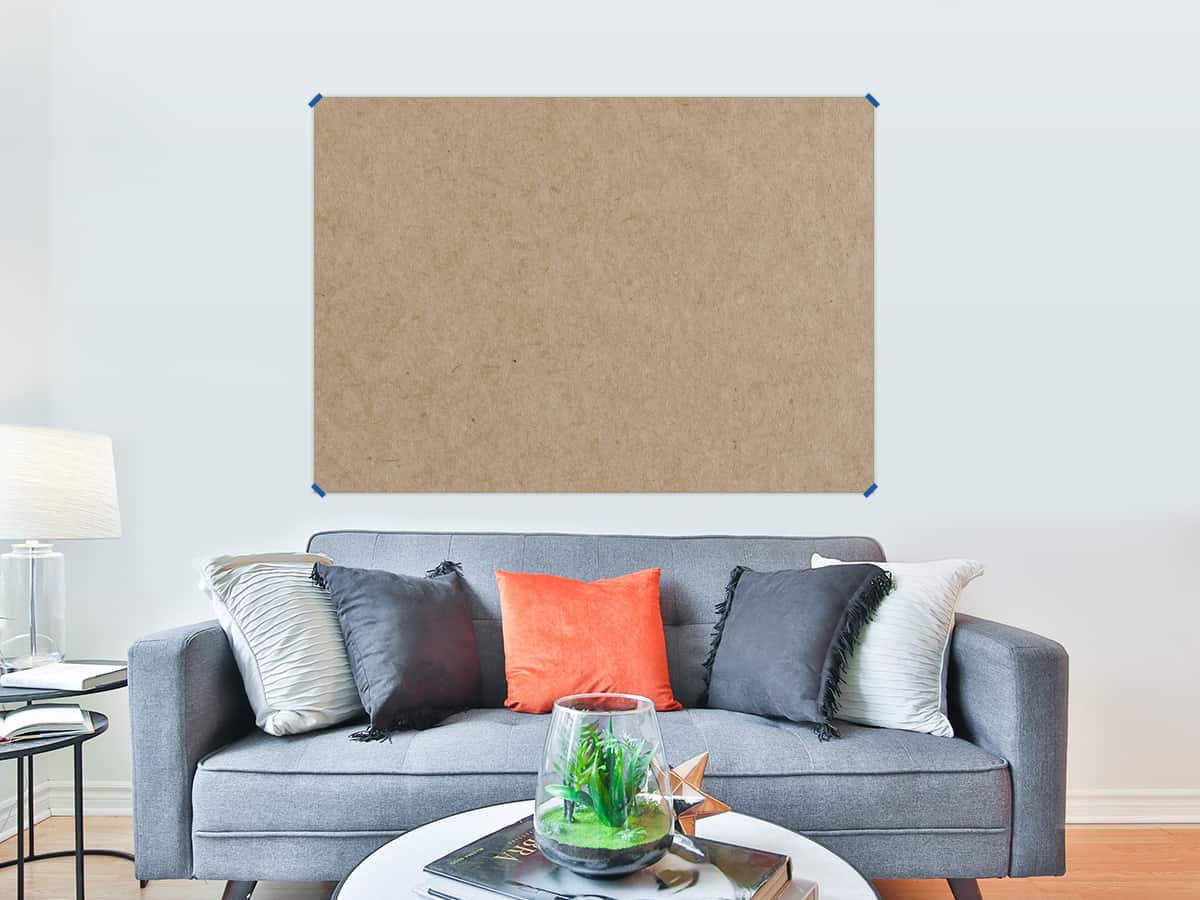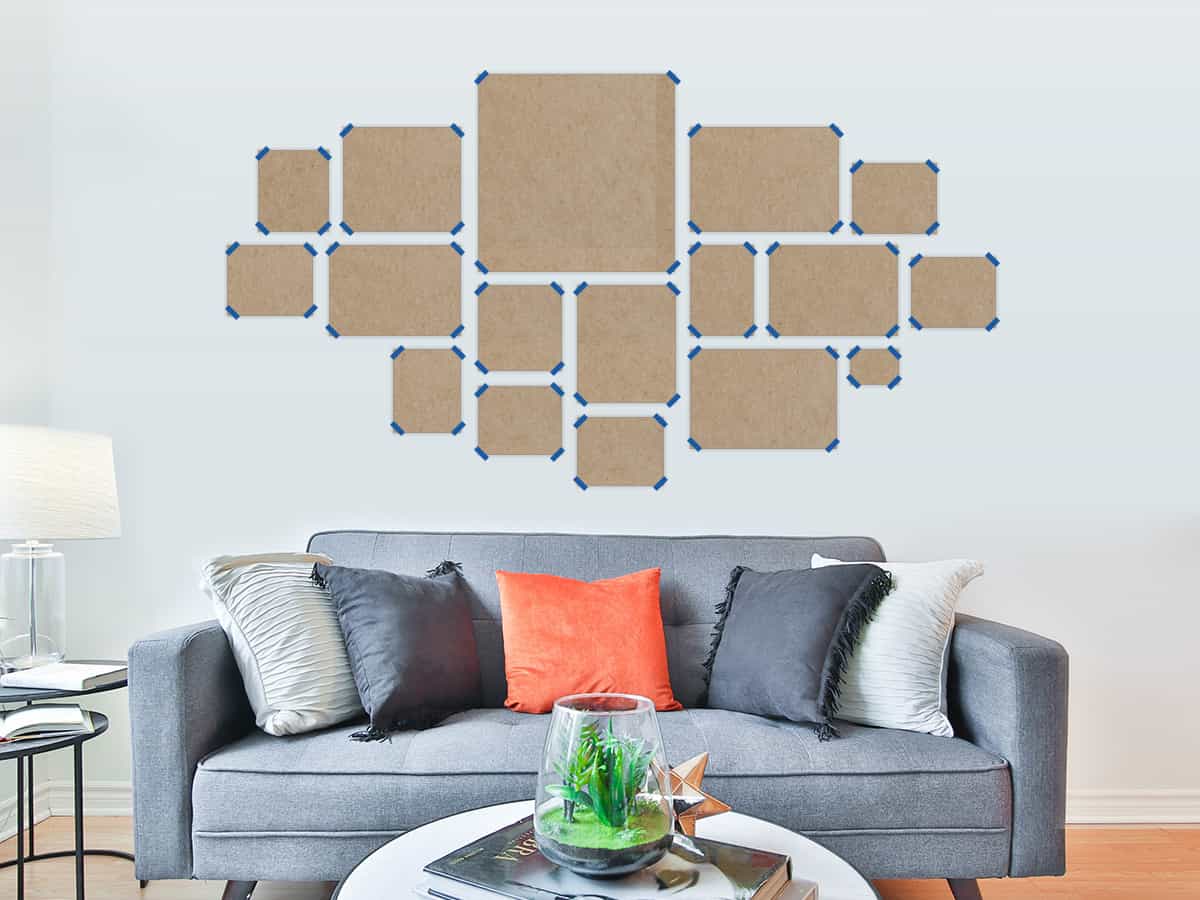
Which Size?
How to Choose the Right Size of Artwork for Your Wall Space
When you frame artwork, you want to make sure the art is the right size for your space. You don’t want your artwork to overwhelm the room, but you also don’t want it to be so tiny it gets lost. Follow our guide to choose the best sizing for your room.
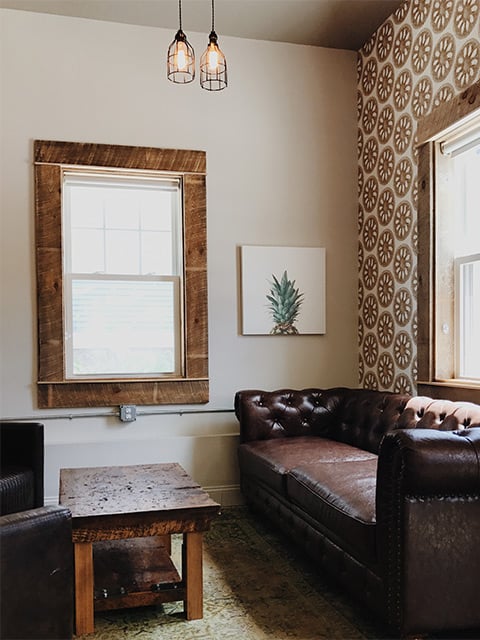
What Size is the Right Size? First Consider…
- In which room will it be hanging?
- Is this a focal piece? Do you want to notice it as you enter the room?
- Is it above a sofa or dining table?
- What other items are in that area?
- Will there be lighting, plants, etc., overlapping the art?
- Which size is more important for your art – height or width?
- Are you planning on one piece or a collection?
Measure & Calculate
- Calculating the ideal size for framed art can be tricky. Download our worksheet to get the exact calculations picture-perfect!
- Plan your framed art to cover a little over ½, but not more than ¾, of your available wall space. Remember that framing adds size to your artwork!
Step #1 – Measure the open area or blank wall space.
Step #2 – Calculate the width & height needed for art.
This is your ideal sizing for the perfect piece of framed art. - If you are using the worksheet and your art will be hung unframed, subtract approximately 4”- 6” from each side of your dimension.
What About Height Off the Floor?
A basic rule of thumb is that the center of the art should be 60” (give or take a couple of inches) from the floor. But there are some things to consider –
- If the art is hanging above a sofa or headboard, allow 6”-12” between the top of the furniture to the bottom of the art.
- If the art is hanging above a mantle or foyer table, there doesn’t need to be any clearance; it can be a much more subjective choice.
- If the art is hanging in a dining room, it can hang lower since people are sitting.
You’re All Set!
You can confidently go to a gallery or frame shop knowing what size range of art would be best. Even if you are only thinking about one specific wall area, take different wall sizes with you – if you fall in love with a piece of art, you won’t want to limit yourself if it doesn’t fit in that one specific area. And remember – if it’s unframed, add approximately 4”- 6” to each side to account for framing.

